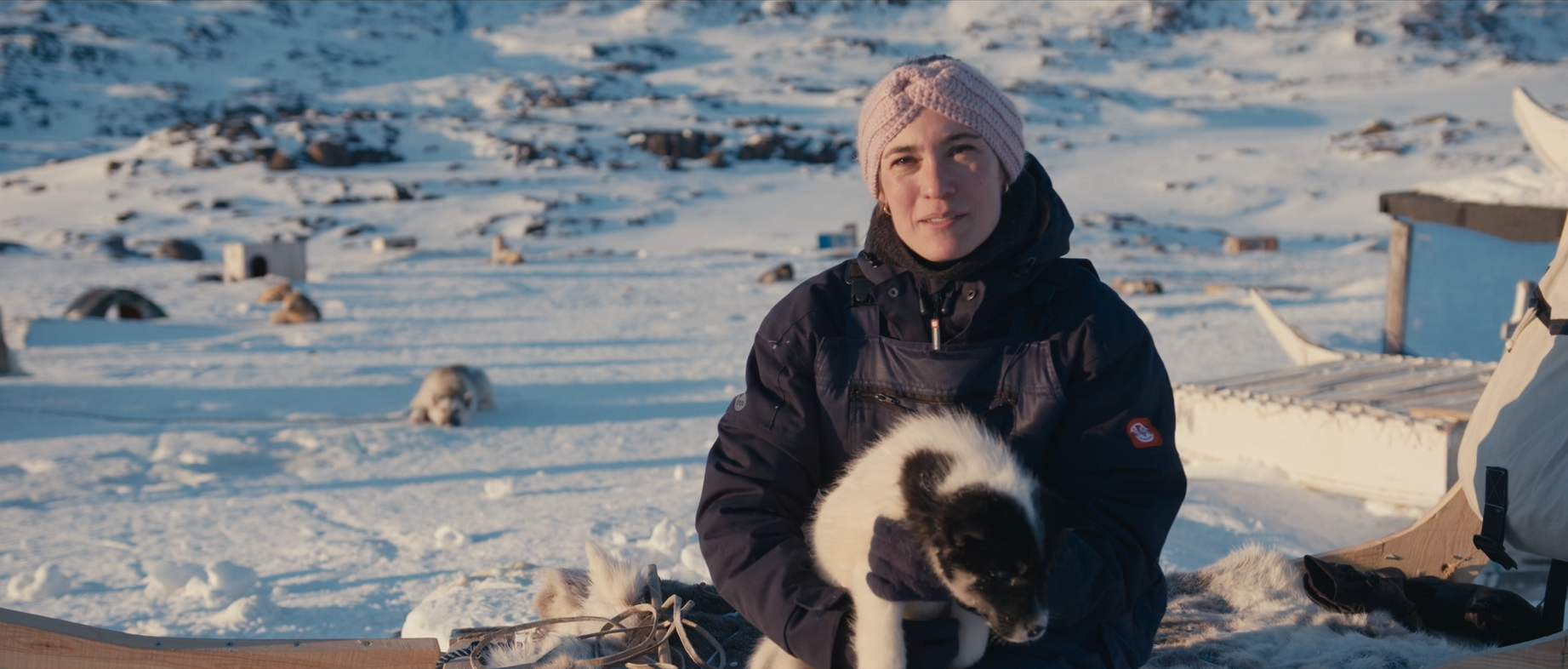Emma built a traditional dog sled in Sisimiut
The Danish PhD-student Emma Vitale spent six weeks in Sisimiut where she built a dog sled according to the old Inuit traditions. When she was done, a local dog owner received it.
By Ole Ellekrog and Aannguaq Reimer-Johansen
In February of this year, the researcher Emma Vitale went to Sisimiut. She had a clear goal in mind: In a month, she had to build a dog sled. And not just any dog sled: The sled had to be constructed using the old Greenlandic traditions.
Emma had never built a dog sled before. She did not even have much experience as a woodworker. Therefore, Emma initially tried to get help from a local sled builder but, in the end, she did the job herself.
“The goal of my presence here is to reconstruct a dog sled from the 1930s,” Emma Vitale told Arctic Hub back in February. The original dog sled that she wanted to reconstruct is from Upernavik.
In the video above, you can watch Emma testing her homemade dog sled in the backcountry of Sisimiut.
“I just hope that dog sleds will continue to exist. It is an important part of Greenlandic culture,” Emma Vitale
Wear marks and knot selection
But you may ask: Why is a researcher building an old-fashioned dog sled? What new knowledge will that produce?
Emma Vitale has a clear answer to this question: Using a method called experimental archeology, she is working on a Ph.D. project at the Globe Institute in cooperation with the University of Copenhagen and Ilisimatusarfik, the University of Greenland. In the project, she is therefore on the hunt for knowledge about the construction details of the dog sled. This knowledge can, potentially, be used to find dog sled parts in the often very fragmented archeological finds in Greenland.
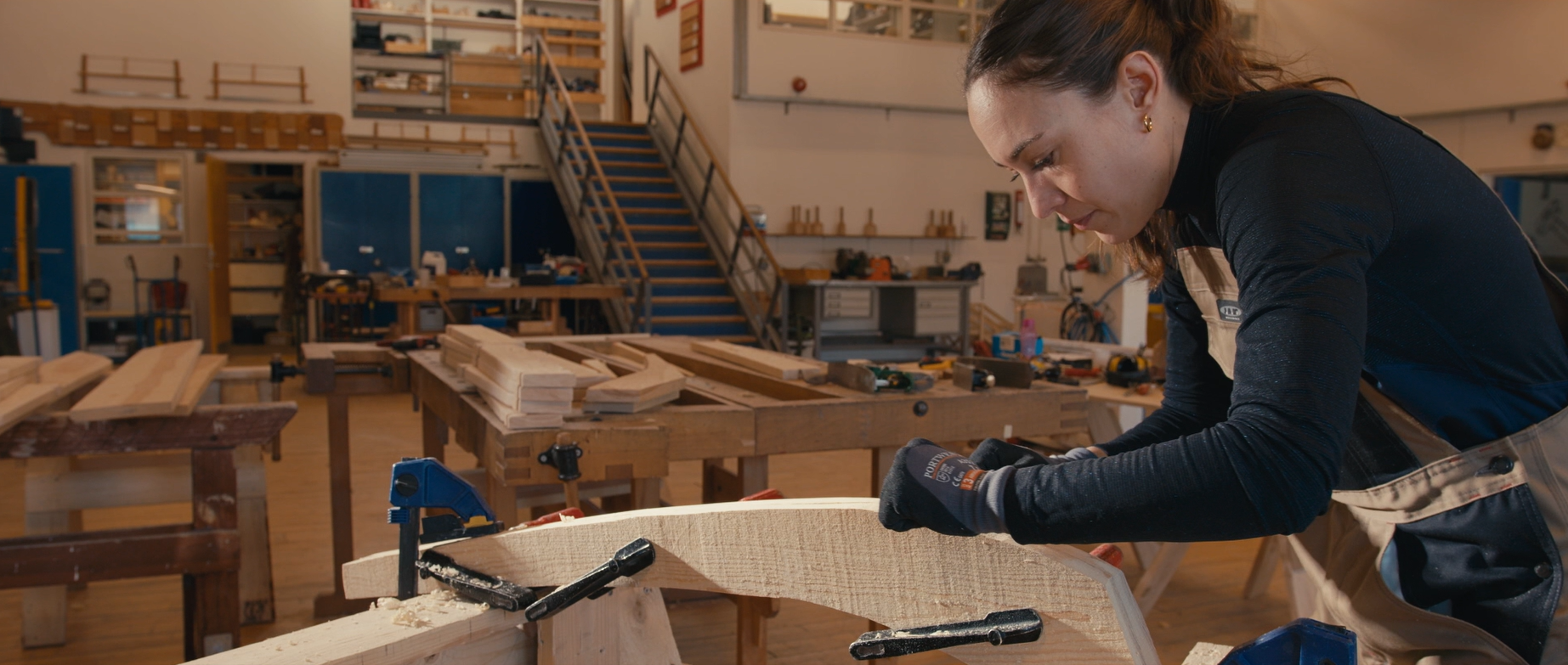
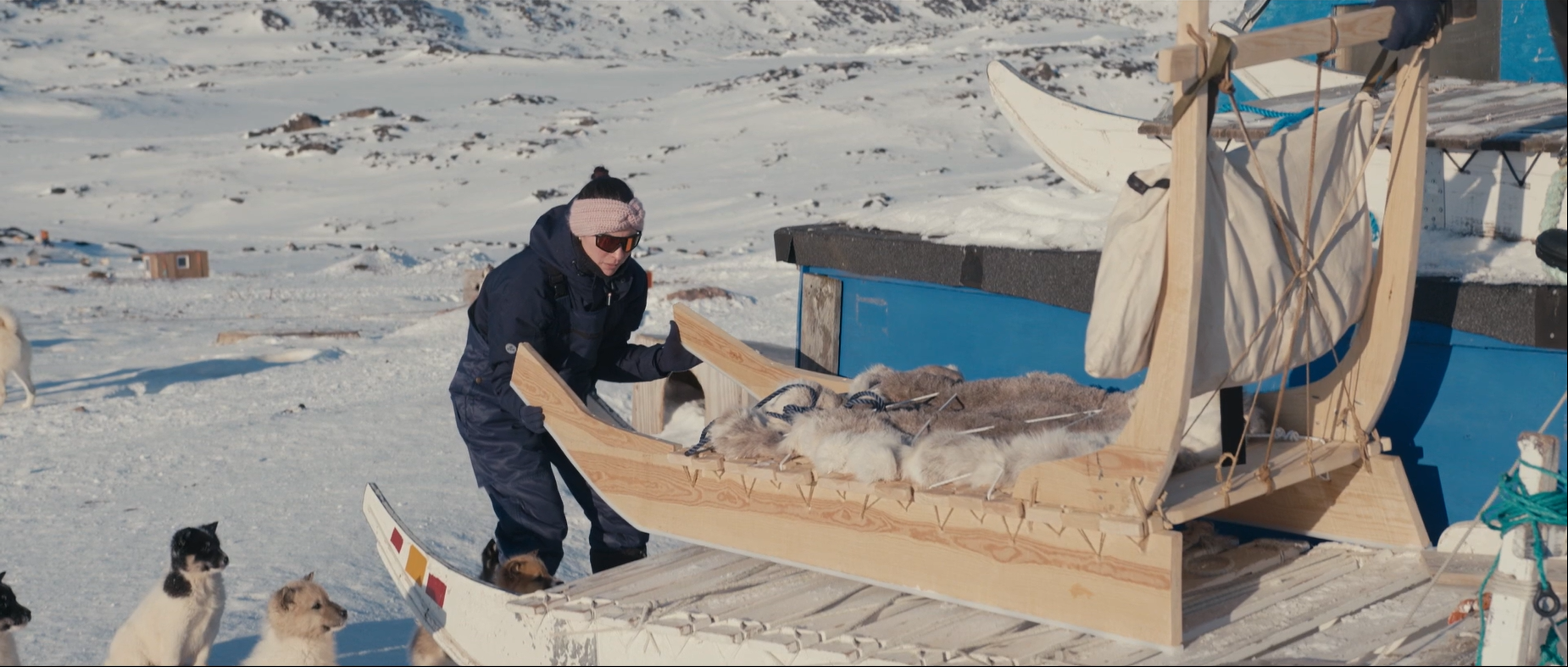
“When analyzing dog sleds ethnographically and archeologically, it gives us a better baseline for analyzing the different sleds and sled parts,” Emma Vitale said.
For instance, she is investigating the construction details, and how they influence the wear marks on the sled itself and on the knots that tie it together. Her thesis is that it is only once you have tried to build a sled yourself that you have the practical knowledge to understand and interpret the archeological finds.
Difference between east, west, and north
Dog sleds are constructed in very different ways in different parts of Greenland. This is caused by a difference in available materials and in the places where the sleds are supposed to drive.
“There is a big difference between sleds that are meant to drive on the sea ice and sleds that are meant to drive on land. That is why it is interesting to look at the different types of sleds from West, North, and East Greenland. It can also tell you why it is more or less the same types of sleds that are built today in all the different regions,” Emma Vitale said.
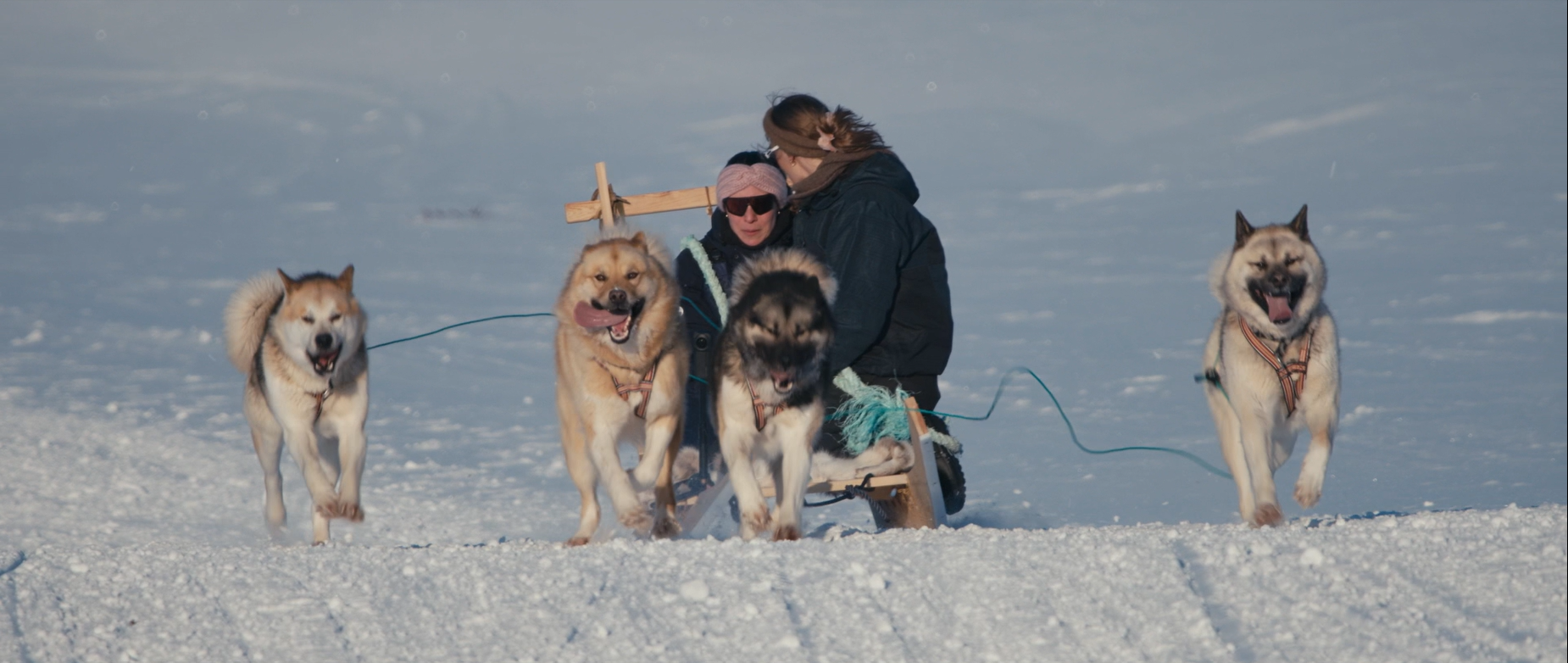
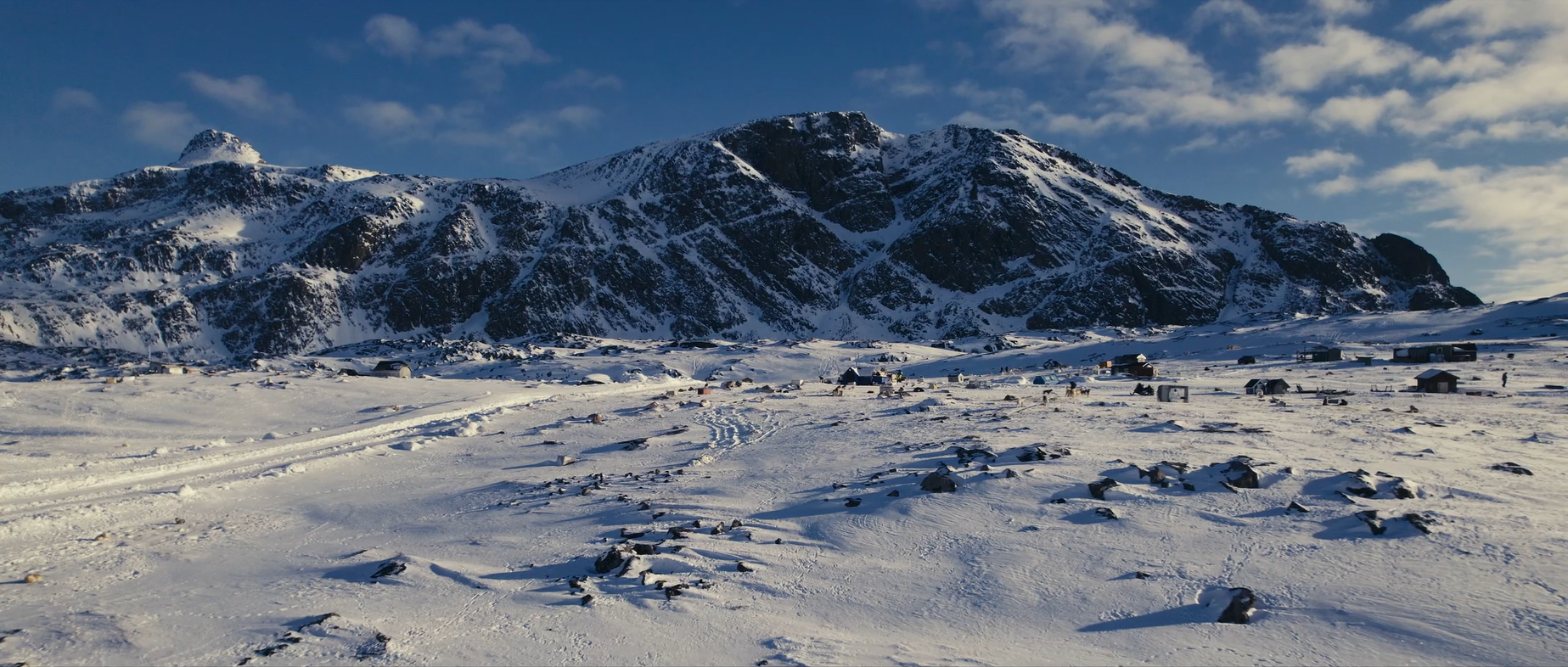
Her project originates in a larger research project called Qimmeq which The National Museum of Greenland and Ilisimatusarfik is also a part of. Its goal is to gain more knowledge about Greenland’s dog sledding culture. In this project, Emma’s PhD is contributing to knowledge about the material history of the dog sled.
Handed over the sled to a local
Emma Vitale does not live in Sisimiut so when her project was over, she did not have much use for her new sled. Luckily, she found a good solution to that little problem.
“The local Sisimiomiut (resident of Sisimiut) Julia Lings taught me how to ride the sled and tested it with me. She is the one who has the sled now,” Emma Vitale said.
Watch how the first test run went in the video above. A little spoiler: Emma was quite satisfied when the test run was completed.
“I just hope that dog sleds will continue to exist. It is an important part of Greenlandic culture,” Emma Vitale said with a dog on her lap when the test run was over.
